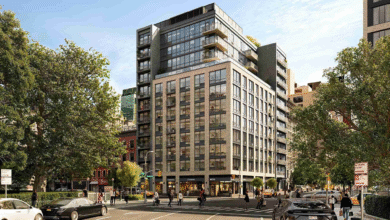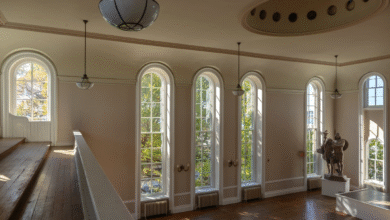Congestion pricing is reducing traffic outside of Manhattan, too, report says
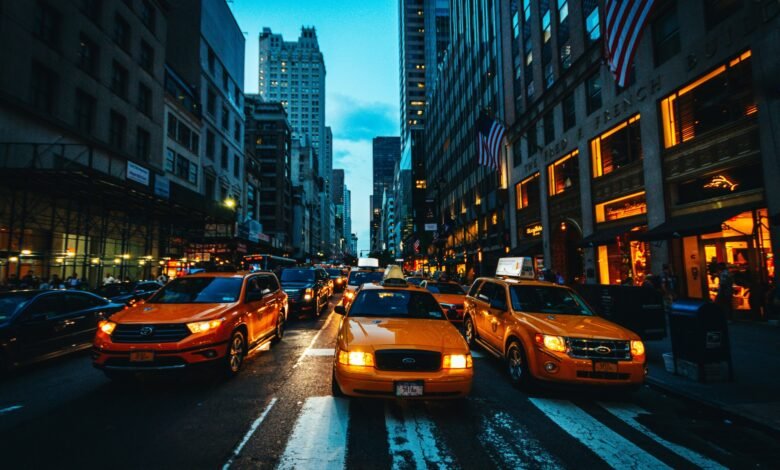
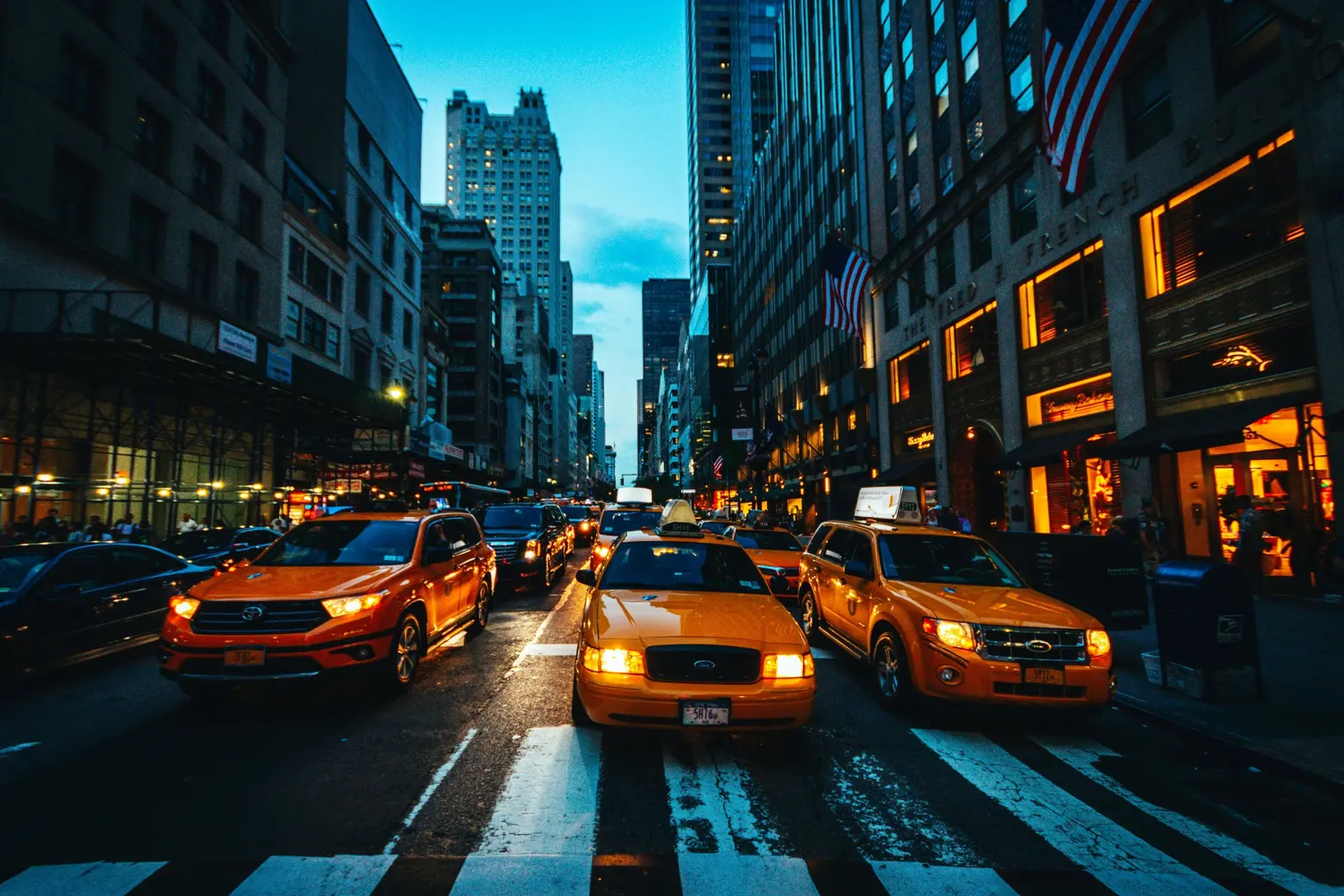
Congestion pricing has already led to fewer traffic delays in Manhattan’s central business district—and beyond—according to a new report. Released Wednesday by the Regional Plan Association (RPA), the analysis, “Congestion Pricing: Faster All Around,” finds that traffic delays in Manhattan are 25 percent lower than projected without the tolling program, while delays in areas just outside the borough have dropped by nine percent. The report compares traffic data from the program’s launch through April 2025 with the same period in 2024, as well as the months leading up to the program’s start.

Previous estimates from the RPA projected that congestion pricing could generate up to $1.3 billion in time savings for commuters, with the biggest gains for those driving or taking the bus from New Jersey to Manhattan’s Central Business District. Since the program launched in January, average bus travel times have dropped 17 percent at the Lincoln Tunnel and 48 percent at the Holland Tunnel.
The latest analysis shows that improvements in commute times and traffic extend beyond the boundaries of the CBD. According to the report, post-holiday traffic delays in Manhattan would have been 21 percent higher without the tolling program. With the program in place, delays during the new year and spring dropped by 40 percent.
Without congestion pricing, post-holiday traffic delays outside Manhattan are expected to decrease by nine percent. With the program, the reduction rises to 17 percent. The report also shows that congestion pricing has reduced traffic delays by 10 percent in the Bronx and by 14 percent across 12 municipalities in Bergen County, New Jersey.
However, congestion pricing has had little impact on Staten Island, where traffic delays have decreased by just five percent.
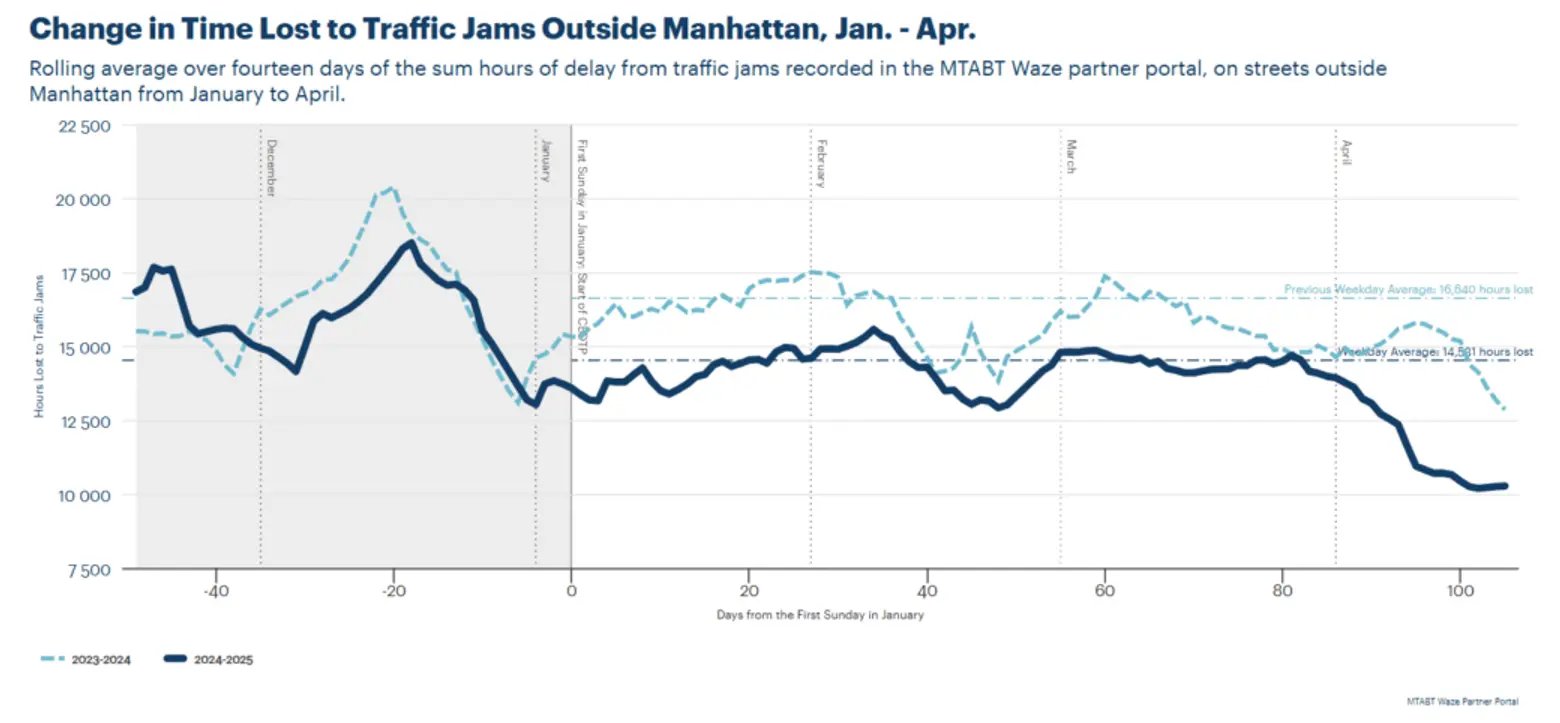
Rachel Weinberger, vice president of research strategy at RPA, said the analysis shows congestion pricing has defied previous expectations of increasing traffic outside of the CBD.
“Our analysis shows that, contrary to pessimistic expectations, the congestion pricing program is not causing traffic to be diverted outside the Congestion Relief Zone. Instead, as more people choose transit, trips to Manhattan by car are averted, resulting in less, not more, traffic in the Bronx, Bergen County, and all around the region. We see a reduction in traffic jams and increased overall time savings both within and outside the Zone.”
According to the 2022 environmental impact assessment of congestion pricing, the program was expected to cause trip detours and increase traffic from personal vehicles and commercial trucks in the Bronx, Staten Island, and New Jersey’s Bergen and Hudson Counties. Instead, these areas have seen traffic reductions.
In the Bronx, the program did not divert traffic onto highways or neighborhood streets in the South Bronx as initially feared. Rather, total hours lost to traffic have dropped by 17 percent, 10 percent of which are directly tied to congestion pricing. On average, Bronx drivers saved 10 minutes for every hour spent driving in 2024.
For the nine Bergen counties included in the data, the time lost to traffic was reduced by 25 percent during the first eight weeks and by 21 percent across the first sixteen weeks, 14 percent of which can be attributed to congestion pricing. This is equivalent to cutting 12 to 15 minutes off every hour a driver would have spent in traffic in 2024.
In Hudson County, the hours lost decreased by 13.2 percent or eight minutes for every hour in traffic in 2024, of which 12.8 percent can be attributed to congestion pricing.
In total, the time lost in traffic jams decreased by 15 to 16 percent, earning back nine to 10 minutes for every hour spent in traffic in 2024, of which about 12 percent is tied to congestion pricing.
Over the course of the study, these time savings have allowed personal drivers, truck drivers, and bus commuters to have quicker trips to the CBD, cutting down time on the road and providing more time for meaningful activities.
Waze provided the data for the study through its partnership program with public sector agencies. RPA accessed the data via the Metropolitan Transportation Authority’s (MTA) Bridges and Tunnels Waze Partner Portal.
RELATED:


